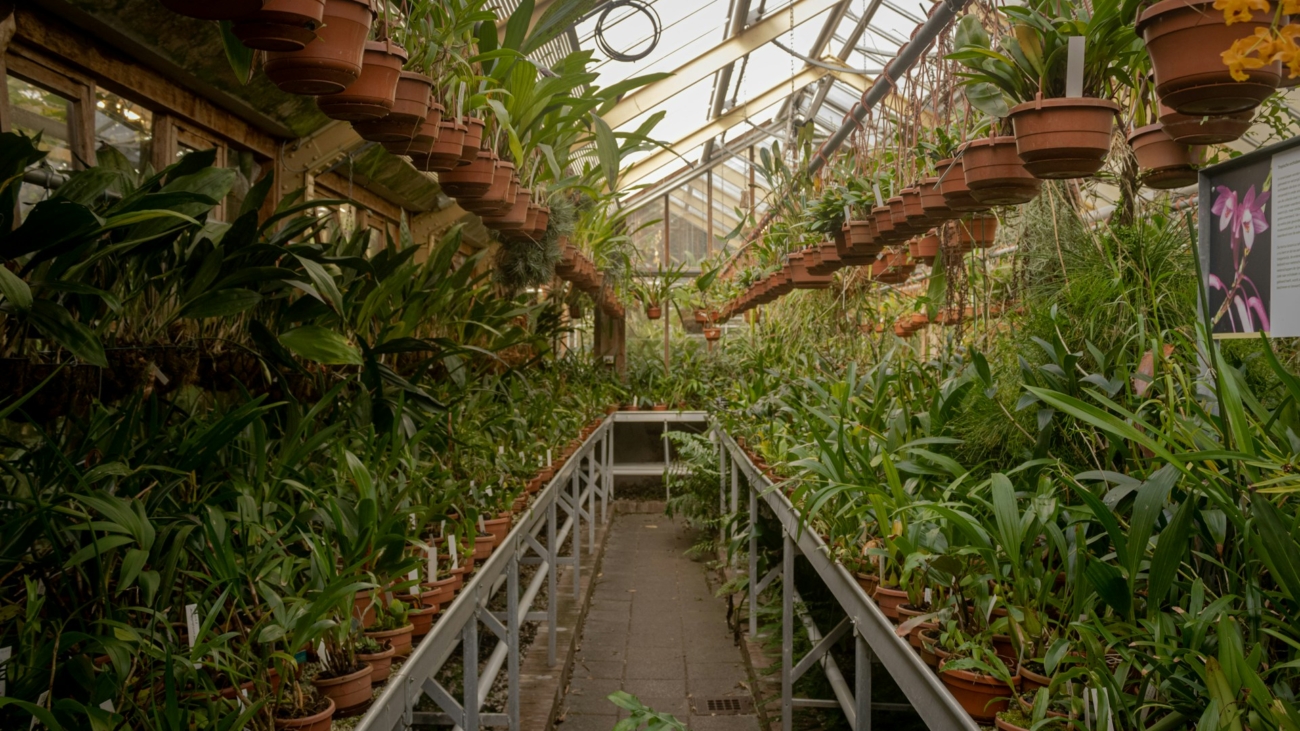Precision agriculture, a data-driven approach to farming, leverages technology to optimize resource use and maximize yields. Sensors play a critical role in this revolution, collecting real-time data on various aspects of the agricultural environment – soil moisture, temperature, nutrient levels, and crop health. However, the success of precision agriculture hinges on one crucial factor: sensor accuracy and reliability. Inaccurate sensor data can lead to misleading insights, misguided decisions, and ultimately, reduced efficiency and profitability. This article explores the importance of sensor accuracy in precision agriculture, the factors that can compromise it, and strategies to ensure reliable data collection for informed decision-making.
The Power of Precision: Data-Driven Decisions for Sustainable Farming
Precision agriculture offers a multitude of benefits:
- Optimized Resource Use: Precise data on soil conditions allows for targeted application of water, fertilizers, and pesticides, minimizing waste and environmental impact.
- Improved Crop Health: Real-time monitoring of factors like temperature and humidity helps identify potential problems early on, enabling farmers to take preventive measures and minimize crop losses.
- Increased Yields: Data-driven decisions regarding planting schedules, fertilizer application, and irrigation can lead to improved crop growth and higher yields.
- Enhanced Sustainability: Precision agriculture promotes practices that minimize environmental impact, such as reducing water usage and optimizing fertilizer application, leading to a more sustainable farming model.
However, these benefits can only be realized if the underlying data collected by sensors is accurate and reliable.
The Achilles’ Heel of Precision Ag: Factors Affecting Sensor Accuracy
Several factors can compromise sensor accuracy in a precision agriculture setting:
- Calibration Issues: Sensors require regular calibration to ensure they provide accurate measurements. Improper calibration or neglecting calibrations altogether can lead to significant errors in the collected data.
- Environmental Conditions: Extreme temperatures, humidity, or wind can affect the performance of some sensors, leading to inaccurate readings. Factors like dust or debris on the sensor can also interfere with data collection.
- Sensor Placement and Deployment: Improper placement of sensors can lead to unrepresentative data collection. For example, placing a soil moisture sensor too close to the surface may not provide an accurate picture of moisture levels deeper in the root zone.
- Data Transmission Errors: The transmission of data from sensors to data collection systems can be susceptible to errors due to weak signal strength or interference. These errors can corrupt the collected data and compromise its reliability.
- Sensor Degradation: Over time, sensors can degrade due to exposure to harsh environmental elements or mechanical wear and tear. This degradation can affect the accuracy and reliability of the data they collect.
These factors highlight the importance of implementing strategies to ensure sensor accuracy and reliability in precision agriculture.
Guiding the Data Stream: Strategies for Accurate and Reliable Sensor Data
Ensuring accurate and reliable sensor data in precision agriculture requires a multi-pronged approach:
- Rigorous Calibration Practices: Establish a regular calibration schedule for all sensors based on manufacturer recommendations and environmental conditions. Invest in high-quality calibration equipment and ensure personnel are adequately trained on proper calibration procedures.
- Environmental Considerations: Choose sensors suited for the specific environmental conditions of the farm. Consider factors like temperature range, humidity tolerance, and potential for dust or debris accumulation when selecting and deploying sensors.
- Strategic Sensor Placement: Carefully plan sensor placement to ensure they collect representative data from the target area. Utilize spatial data analysis tools to optimize sensor placement and achieve comprehensive coverage for the field.
- Data Validation and Error Correction: Implement data validation procedures to identify and correct errors in the collected data. This may involve data filtering techniques, outlier detection algorithms, and cross-referencing data collected from multiple sensors.
- Robust Data Transmission Systems: Invest in reliable data transmission systems with strong signal strength and minimal interference risks. Consider options like private cellular networks or satellite communication for areas with limited network coverage.
- Sensor Maintenance and Replacement: Develop a comprehensive sensor maintenance and replacement plan. Regularly clean sensors, replace damaged ones, and upgrade older sensors with newer, more advanced models to maintain optimal performance.
By implementing these strategies, farmers can ensure the accuracy and reliability of their sensor data, enabling them to make informed decisions based on a solid foundation of trustworthy information.
Beyond Accuracy: Data Fusion and Advanced Analytics
While sensor accuracy is critical, it’s only one piece of the puzzle. Precision agriculture leverages data fusion techniques to combine data from various sensors (soil moisture, temperature, drone imagery) with historical data and weather forecasts. This integrated view provides a more holistic understanding of the agricultural environment, allowing for more precise decision-making.
Furthermore, advanced analytics techniques like machine learning and artificial intelligence can be applied to sensor data to identify patterns, predict future trends, and make data-driven recommendations for future actions. For example, these techniques can analyze historical yield data, current sensor readings on soil conditions, and weather forecasts to predict potential crop stress and recommend adjustments to irrigation or fertilizer application.
In conclusion, sensor accuracy is the cornerstone of successful precision agriculture. By implementing rigorous calibration practices, strategically deploying sensors, and employing robust data transmission systems, farmers can ensure reliable data collection. Furthermore, data fusion and advanced analytics techniques can unlock the full potential of sensor data, empowering farmers to make informed decisions for optimized resource use, improved crop health, and ultimately, a more sustainable and profitable agricultural future. As technology continues to evolve, sensor accuracy and data analytics capabilities will continue to improve, paving the way for a future where precision agriculture truly revolutionizes the way we grow food. This data-driven approach holds immense potential to address global food security challenges, ensure environmental sustainability, and create a more efficient and productive agricultural sector for generations to come.

